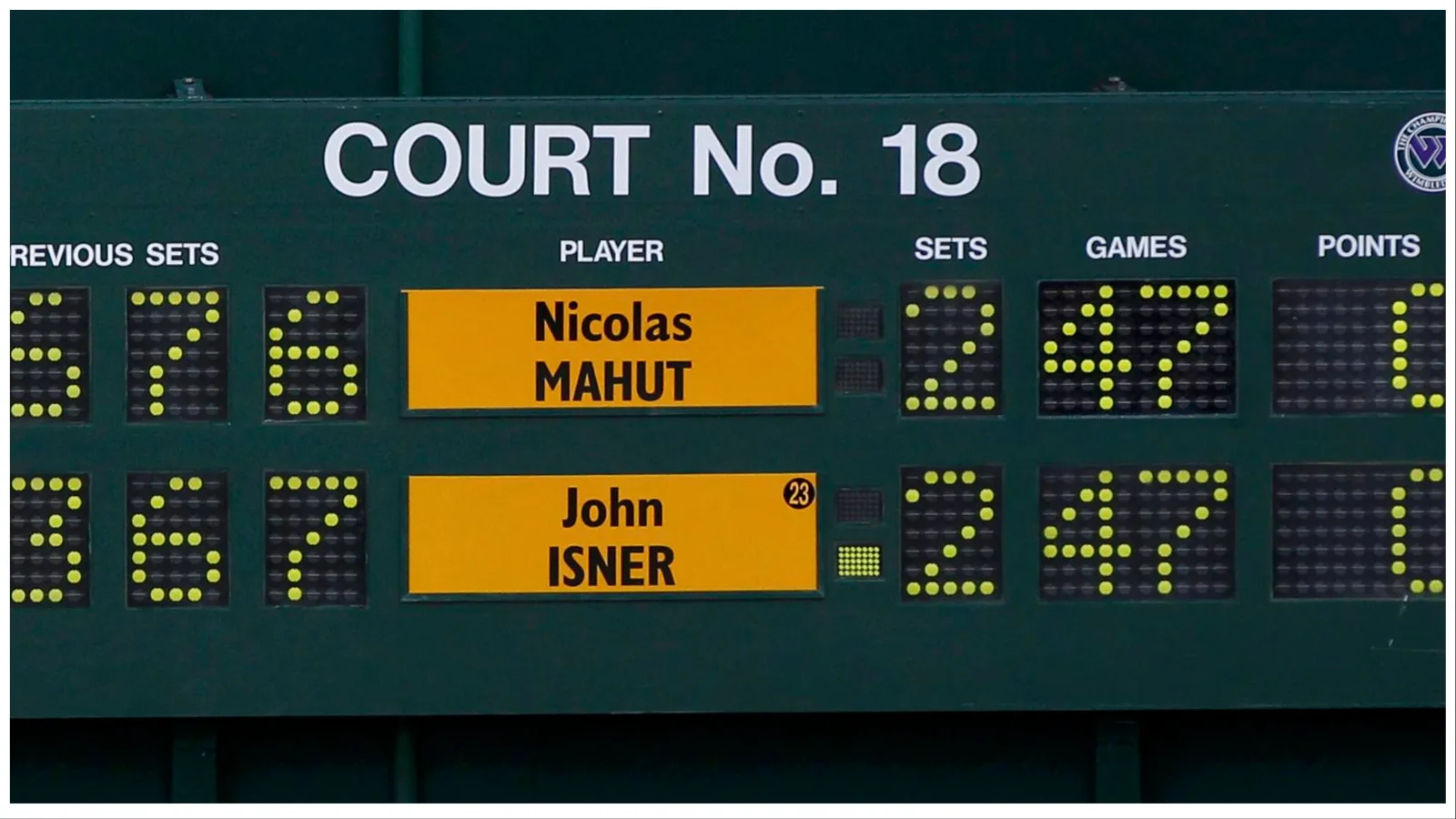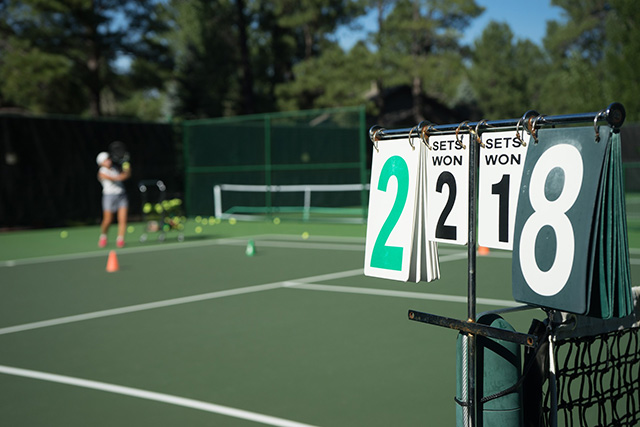Tennis is a sport steeped in tradition, characterized by its unique scoring system and the high stakes associated with each match. Accurate scoring is not just a matter of rules; it plays a fundamental role in the integrity of the game, the experience of players and spectators, and the overall development of the sport. This article explores the importance of accurate scoring in tennis, examining its impact on players, fans, and the sport as a whole.
Understanding Tennis Scoring

Before delving into the importance of accurate scoring, it is essential to understand how the scoring system in tennis works. Tennis matches are divided into games, sets, and matches, with each level of scoring contributing to the overall outcome.
- Game: A player must win four points to win a game, but must lead by at least two points, resulting in scores like 15, 30, 40, and game point.
- Set: A player wins a set by winning six games, again leading by at least two games. If the score reaches 5-5, a player must win 7-5 or a tiebreak may ensue.
- Match: Matches are typically played in best-of-three or best-of-five sets, with the first player to win the required number of sets being declared the winner.
The Role of Accurate Scoring in Competitive Integrity
Accurate scoring ensures that the competitive integrity of tennis is upheld. Miscounting points or games can lead to unfair advantages, potentially altering the outcome of matches. The implications of inaccurate scoring can be severe:
- Player Confidence: Players rely on accurate scores to gauge their performance. A miscount can lead to confusion and diminish a player’s confidence.
- Match Outcomes: An incorrect score can result in a player losing a match they rightfully won or vice versa, leading to disputes and dissatisfaction.
- Reputation of Officials: Accurate scoring reflects the professionalism and competence of match officials. Consistent errors can damage the reputation of referees and umpires.
Case Studies: When Scoring Goes Wrong

Instances of scoring errors, while rare, can have significant repercussions. Here are a few notable examples:
- The 2010 Australian Open: In a first-round match, an erroneous score led to a player being inadvertently awarded a game. This incident sparked discussions on the need for better oversight in officiating.
- The 2017 US Open: A controversial call during a crucial point in a match led to heated debates about the effectiveness of human referees over electronic systems.
- Minor League Tennis: In local leagues, amateur matches can sometimes devolve into disputes over scores, resulting in lost friendships and disrupted tournaments.
Impact on Fan Experience
Accurate scoring is crucial not only for players but also for fans who watch the matches. The experience of attending or viewing a tennis match hinges on the clarity and accuracy of scores:
- Engagement: Fans become more engaged in the match when they can follow the score accurately. Miscommunication can lead to confusion and disengagement.
- Broadcasting Accuracy: Television networks rely on accurate scores to provide commentary and graphics. Errors can disrupt the viewing experience and misinform audiences.
- Fan Trust: Fans need to trust the game’s integrity. Scoring errors can tarnish this trust, leading to diminished interest and attendance.
The Role of Technology in Ensuring Accuracy

As technology continues to evolve, its integration into tennis scoring has become increasingly prominent. Innovations such as electronic line calling and automated scorekeeping are transforming how matches are officiated:
- Hawk-Eye Technology: This system uses multiple cameras to track the trajectory of the ball, providing accurate line calls that reduce human error.
- Automated Scoreboards: Digital scoreboards can be updated in real-time, ensuring fans and players have immediate access to accurate scores.
- Video Review Systems: Allowing players to challenge calls has added an extra layer of oversight, helping to mitigate scoring errors in high-stakes matches.
Training and Education for Officials
To maintain the integrity of scoring, it is essential to invest in the training and education of officials. Qualified umpires and referees play a critical role in ensuring accuracy:
- Certification Programs: Establishing rigorous training and certification programs for officials can help ensure they are well-versed in scoring rules and procedures.
- Continuous Education: Ongoing education about new technologies and rules is vital for officials to stay updated and capable of making accurate calls.
- Feedback Mechanisms: Implementing systems for officials to receive feedback on their performance can help identify areas for improvement and foster accountability.
Conclusion: The Future of Scoring in Tennis

Accurate scoring in tennis is of paramount importance, influencing player performance, fan engagement, and the overall integrity of the sport. As technology continues to advance, the potential for improved accuracy in scoring becomes increasingly attainable. However, human oversight and the training of officials remain essential components of the tennis scoring system.
By fostering an environment of accountability, investing in technology, and ensuring that officials receive proper training, the tennis community can work toward minimizing scoring errors and enhancing the overall experience for players and fans alike. The future of tennis scoring is promising, but it will require collaboration, innovation, and a steadfast commitment to excellence.